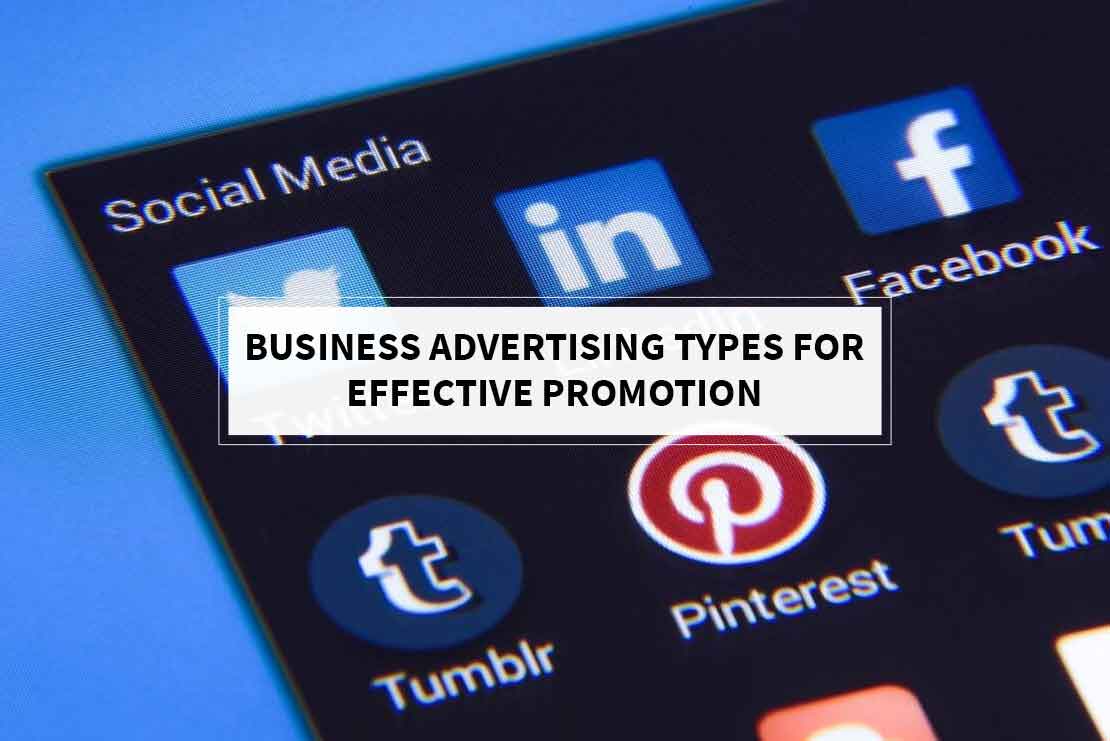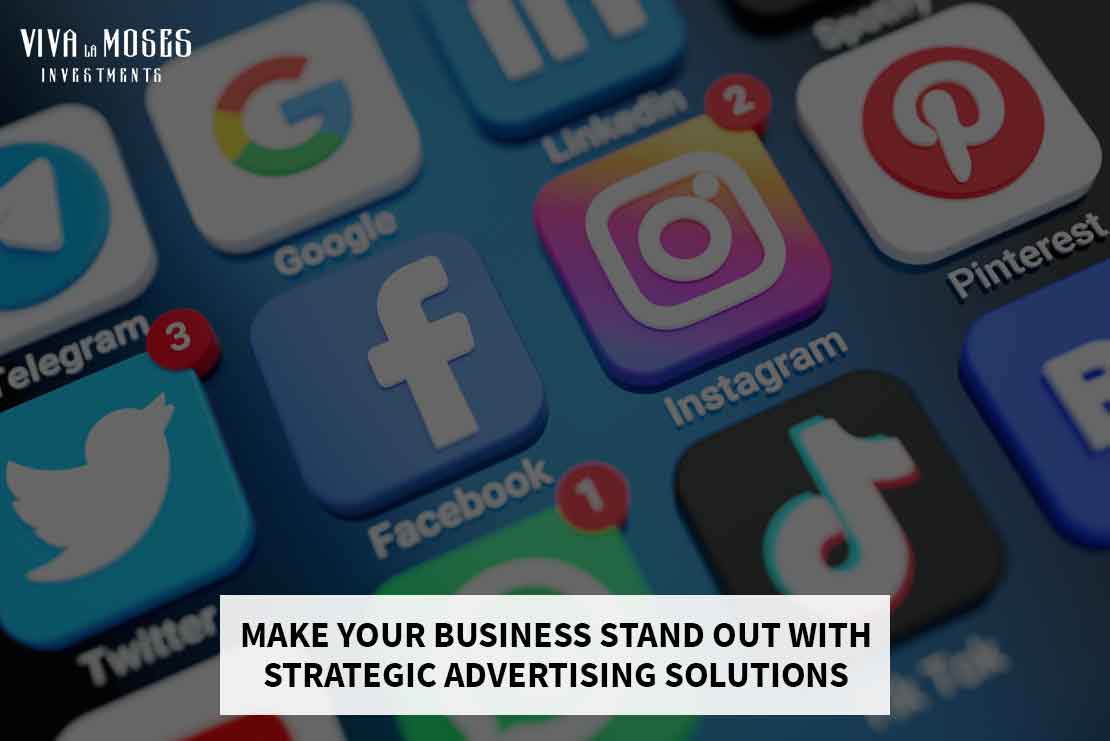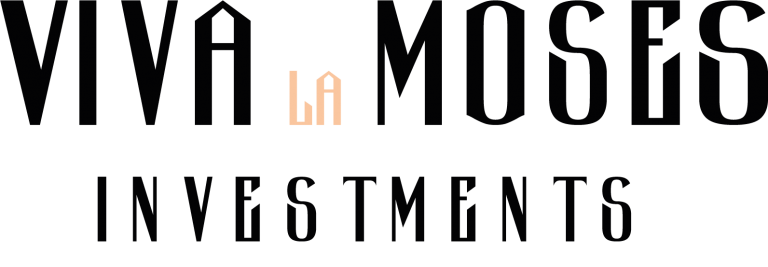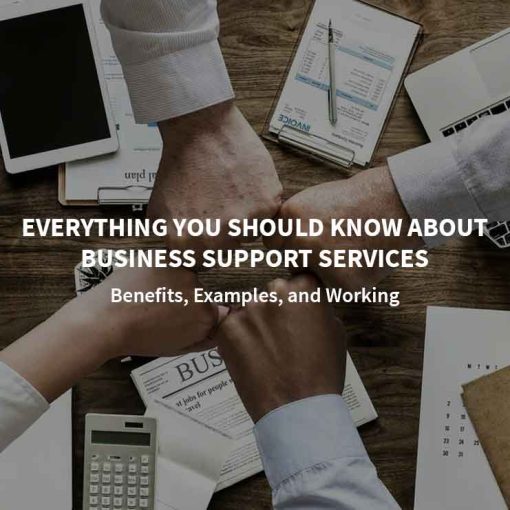
Customers are the main asset of any business but how to capture those customers is a big concern for small businesses. A business with exceptional products or services can flop due to a lack of appropriate advertising strategy. For effective promotion, small businesses need to adopt business advertising strategies that boost their sales and engage more customers.
Small businesses usually have a very limited budget assigned for the promotion of their goods or services. They don’t have enough workforce or even a separate advertising department. In the circumstances like these, a switch to online advertising tools helps small businesses stay within their budget while driving sales.
Before choosing an advertising strategy that perfectly aligns with their business model, small businesses tend to focus on the following points.

- What are they selling, who will be the target audience, and what problems of their audience are their products solving?
- Which online mode does the targeted audience mostly use to search the category of products/services they are offering?
- Which platform are their competitors using for advertising?
- Set your USP. A unique Sales Proposition is how a business differentiates its products in the eyes of the target audience with respect to its competitors.
- Create an advertising budget and choose advertising campaigns that fit with their budget.
Choosing a Business Advertising Tool
Small businesses face more challenges than established businesses, but once they build their brand and retain their customers, they earn benefits in the long run. Small business owners likely wear many hats, from keeping track of sales to bookkeeping to providing customer service. With so much on their plate, choosing the right advertising tool make it easier to get things done. Following are the effective types of advertisement that small business uses to promote their products or services that fit their budget and business model.
1- Social Media Advertisement
One of the most effective and affordable modes for the promotion of a small business is social media platforms. The platforms include Facebook, Instagram, Twitter, and LinkedIn. Either you can choose all of them or multiple. Depending on the type of your business, it’s easier to target an audience on social media. Paid and non-paid ads both help in boosting the reach.
Facebook is the oldest and most affordable advertising platform of all businesses. Every other individual owns a Facebook account, and all of them log in to their accounts at least once per day. Although Facebook seems to be the vital choice for running advertising campaigns through lead generation, video ads and carousel images, etc., the customer offers and content needs to stand out by making it unique, funny, or informational. Gone are the days when Facebook followers not only see the content but also pay attention to it. Now it’s getting challenging to blend in. Facebook allows a small business to target a specific audience through paid Facebook Ads. They can boost posts by paying a little. Since Facebook collects the data of millions of people and users, it helps your content reach the audience that is in search of it or likely to be engaged easily.
With Instagram’s strong targeting ability, small businesses target audiences through demographics, location, behaviours, and interests. Instagram lets brands create brand awareness and engagement quickly by introducing features like influencer marketing and sponsor ads. Other than sponsored posts, small businesses can promote their products by creating stories and doing Insta live free of cost. This helps in achieving the organic reach your business desire. Instagram includes most of the same targeting parameters as Facebook and a fast-changing algorithm but keeping up with the trends helps it stay in the limelight. Only influencer marketing costs a little more. Other than that, the features are user-friendly and cheap for small businesses.
Unlike Facebook and Instagram, this one is a more professional platform that helps in business advertising. It creates brand awareness and engagement, especially if your business deals with B2B products. LinkedIn helps in making connections and generating leads for your business. Although professionals and the career-oriented audience are the specialities of LinkedIn, you can still promote your business by selecting the right strategy. For example, if you are selling IT services to small businesses, you can make connections with executives at different IT organizations to promote your services appropriately.
2- Google Ads
Google Ads work effectively for small businesses. It is also known as Pay-Per-Click. This is a search engine marketing in which you select a set of keywords related to your business, and create search ads that match those words. After that, it starts appearing in the search engine result page (SERP) auction. There you can compete with your competitors to get more engagement. One of the major advantages of this type of advertisement is that you only pay when someone clicks on your ad.
If a person sees your ad but doesn’t click on it, there will not be any charge on that for you. Also, you can set a budget for a month as a small business owner. Google stops showing ads when the limit is reached. This form of advertisement is measurable; you can easily get insights into the reaction of people to your ads. Google ads give the option to assign a Quality Score to your keywords ranging from 1 to 10. The score measures how relevant your ads are to the keywords people are searching, resulting in a better score. Thus, a high score results in a low cost per click. In this way, high-quality ads get better traffic at a low cost.
3- Print Advertising
With the advancement in technology and the beginning of a digital era, print advertisement lost its essence. Moreover, it costs more than digital advertisement. Businesses used to advertise their products in newspapers and yellow papers. Small businesses usually don’t consider this type of advertisement to save costs and stay within their budget. But the businesses that target old age audiences still prefer to hold a newspaper in their hand every day. Therefore, print advertisements work better for such businesses.
Conclusion
Advertising is proven to be a heartbeat of modern businesses. Companies big or small are harnessing the power of advertising to expand their business, and consumer base and to increase brand awareness and profitability. Choosing Business Advertising tools to help promote your business always have long-lasting consequences on sales and revenue.




